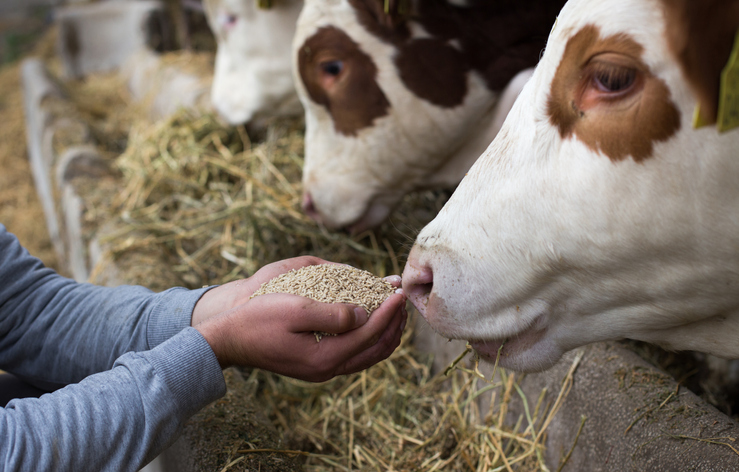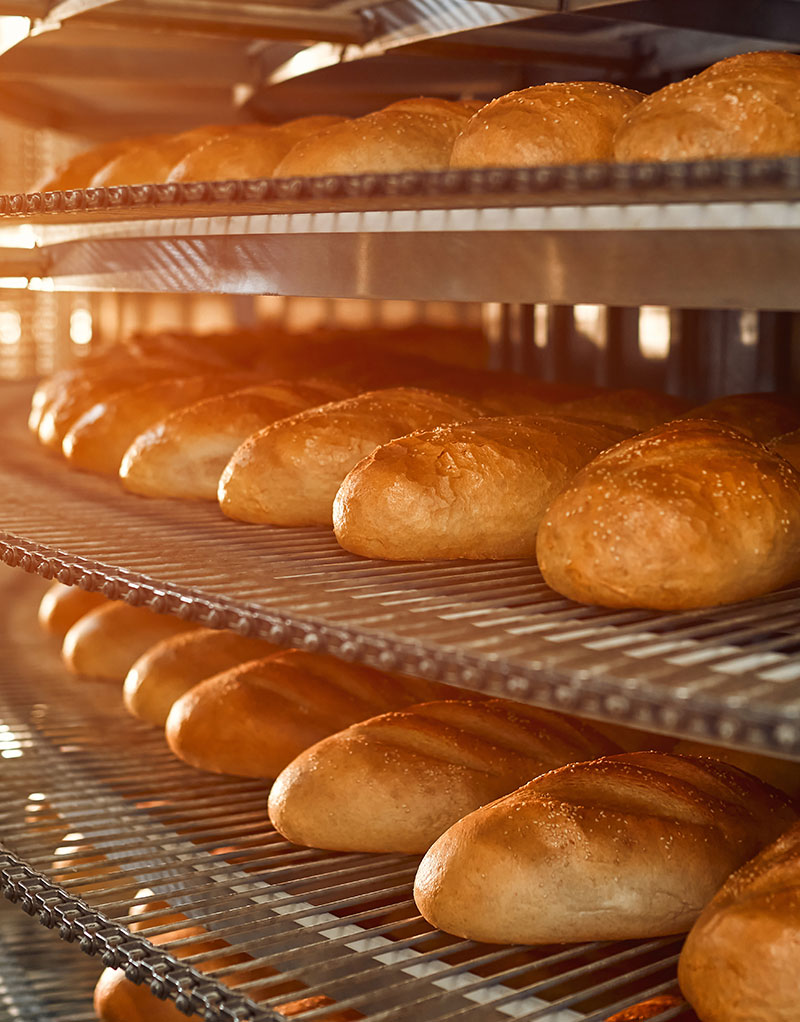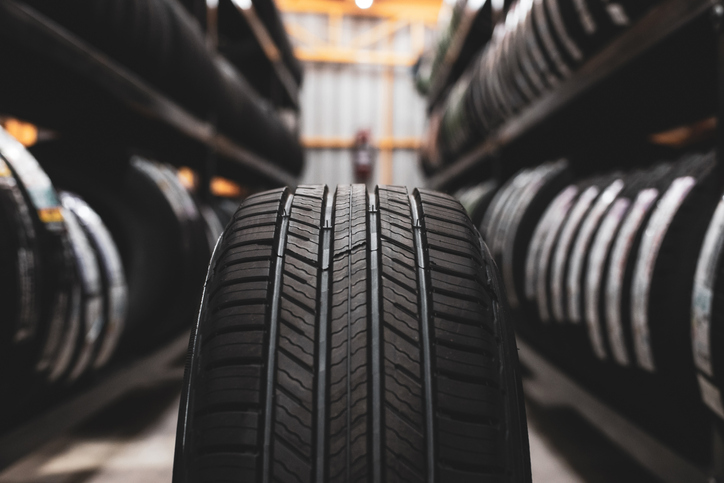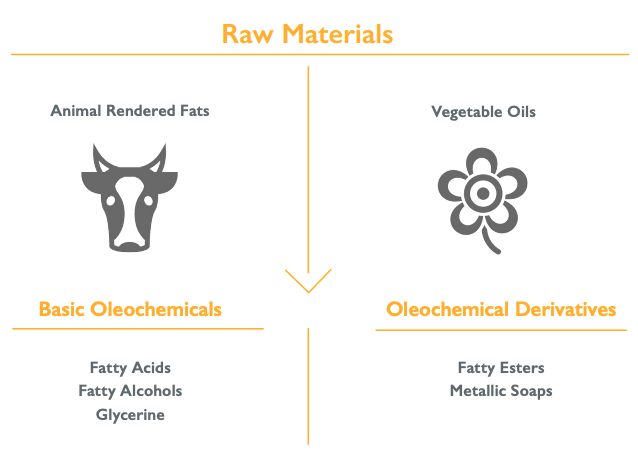About Oleochemicals
Traditional and innovative products from sustainable sources
WHAT ARE OLEOCHEMICALS?
Oleochemical substances have unique properties and they are made mainly from renewable plant oils and animal rendered fats.
Oleochemicals are used as raw materials or intermediates such as for example paints plastics and numerous everyday products.
An oleochemical production plant is a modern biorefinery based on plants oils, animal rendered fats and organic side-streams from other industries.
OLEOCHEMISTRY IN BIO-BASED ECONOMY AND CIRCULAR ECONOMY
The oleochemical industry is one of the oldest parts of the bio-based economy, utilising plant oils and animal rendered fats that replenish themselves in the natural biological cycle.
The oleochemical industry makes valuable use of by-products from other industries such as food and meat processing and papermaking. Additionally, oleochemical products serve as additives – e.g. for paper applications – that enhance the recyclability of several products.
Using high-volume plant oils and side-streams from other industries and by enabling recycling for bio-based products, the oleochemistry is a crucial part of the Circular Economy.
applications

Animal feed

Candles

Detergents

Electronics

Food

Healthcare

Industrial lubricants

Leather

Metalworking and foundries

Mining

Paints and coatings

Paper recycling

Personal care

Plastics

Printing

Rubber

Soaps
FACTS AND FIGURES
- One of the oldest parts of Europe’s bio-based economy.
- The oleochemical industry provides hundreds of products and is part of everyone’s everyday life.
- Processes are continuously improved to create new oleochemicals with unique properties.
- Sustainability plays a key role in all parts of the value chain – from the feedstock (animal fats, plant oil) and processing a wide range of environmental friendly intermediates and products.
- Using side-stream from food and feed industry and by enabling recycling for bio based products, the oleochemistry is a crucial part of the Circular Economy.
- Turnover of 4 billion EUR per year, added value of 1.5 billion EUR.
- The sector employs over 10,000 people and indirectly supports an estimated 30,000 jobs.

